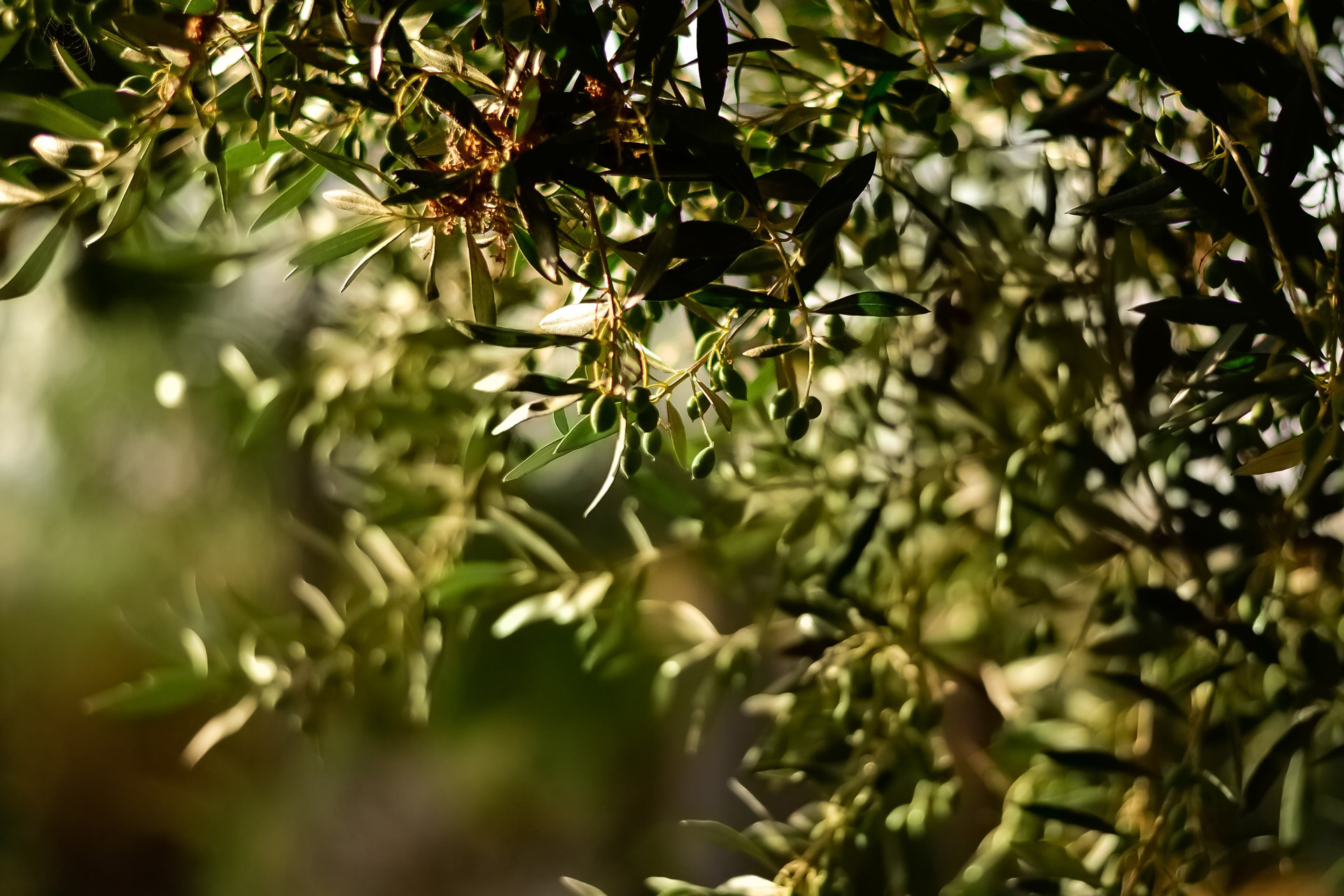
World Olive Day: How Is Olive Oil Made?
By
8 months ago
All your questions about olive oil, answered
Whether it’s drizzled on a salad, used for cooking or enjoyed simply with some focaccia and salt, olive oil is one of life’s greatest little luxuries. But how is it made? Jenny Jefferies took a trip to a family farm in Spain to see the liquid gold being created first-hand. Plus, olive oil expert Judy Ridgway shares her expert knowledge on all the different types of olive oil – just in time for World Olive Day (26 November).
Inside Sant Miquel De Tudela, An Olive Oil Farm In La Segarra
Sant Miquel De Tudela is a beautiful family farm in La Segarra, Spain. They produce artisan olive oil and the farm itself is quite diverse; they have about 160 olive trees – mainly arbequina, cornicabra and verdale varieties – and 60 almond trees, which are mainly larguetas and marconas. They also have wild aromatic herbs growing all around the land as well as fruit trees, quinces, blackberries, pomegranates, and figs.
The extreme climate of the region – dry and hot in summer, cold and foggy in winter – intensifies the properties and benefits of their plants. Within their land, there are remains of a village from the Middle Ages that was abandoned in 1348, along with an 18th century house and a little wooden cabin on the top of the hill. The farm is off the grid, so they have solar panels and batteries for electricity, and they collect water from the rain that runs off the roofs.
Their biggest production is extra virgin olive oil, which is also their signature product. Their blend is unique and exclusive to their farm: sweet and fruity with a pleasant acidity and spiciness that makes it suitable for any dish.

Getty Images
To take care of the olive trees, they follow an annual plan of phytosanitary treatments with specific interventions. The trees flower in May/June, are pruned in April every other year, and watered twice a week during the months of drought and heat from June to October. They harvest the olives in mid-November, when the trees have the right mix of mature and green fruits to get the blend that they’re looking for.
They use traditional harvesting techniques, including the centuries-old method of picking olives by hand. The work is done with the help of a comb and harvest nets, though most like to use their hands as they can feel the olives falling though their fingers. This is less damaging for the trees and more respectful of nature too. Their philosophy is no machines allowed. They then collect the olives in bags and take them to a local mill within five days, where the olives are transformed into oil. They are cold-pressed on the first press, ensuring the best taste and quality. Their oil is then lab-tested for quality and nutritional content before being bottled and labelled at the farm.
‘The harvesting in November is the best moment, the conclusion of a year’s wait; when all friends, family and neighbours join us for a five day festival,’ says farmer Virginie Buu-Hoi. ‘It is a special moment for everyone, a date with nature that none of us want to miss and which has become a tradition in our family. We handpick the olives as it has been done for centuries and it is a special moment when you get direct contact with nature. It is a great sensation to feel the olives rolling through your fingers, a repetitive action almost addictive, and when your brain lets go and gives space to your thoughts.’
A Quick Guide To Olive Oil
Judy Ridgway, author of The Olive Oil Diet, shares her expert knowledge.
Why Is Olive Oil So Expensive?
The price of all types of olive oil went through the roof last year, to the point where people started to look around for an alternative oil to use, which is a pity as extra virgin oil, in particular, is such a healthy ingredient. The main reason for the increase was the disruption of the olive harvest due to extremely bad weather throughout the growing season. Conditions this year have been much better in the major producing regions and it is hoped that prices will move back to more normal levels.
What Are The Different Types Of Olive Oil?
It is worth buying the best olive oil you can afford – you really do get a better oil if you pay more. Look out for the words ‘extra virgin’ on the label. This means that the contents of the bottle are quite simply the fruit juice of the olive with the water removed. Nothing has been added or taken away and you get the full fruity flavours and health benefits of the oil. Ordinary olive oil has been refined to remove any impurities and though, thanks to its mono-unsaturated fatty acid content, it is still healthier than general seed oil it does not contain any of the polyphenols that, mixed with the mono-unsaturated fats, make olive oil so healthy.
Which Olive Oil Should You Cook With?
Here in the UK we tend to use olive oil in a fairly limited way, in salads, on pasta dishes and perhaps with roasted vegetables, barbecue marinades or soups. We should be more adventurous, during my travels around the olive oil world I have picked up wonderful recipes for sweet and savoury pies and tarts made with olive oil pastry, bread, cakes, biscuits and even desserts like crumbles, banana pancakes and ice cream. Remember, there is no need to worry about cooking with extra virgin oil, even at high temperatures. The polyphenols in the oil protect it from damage.







